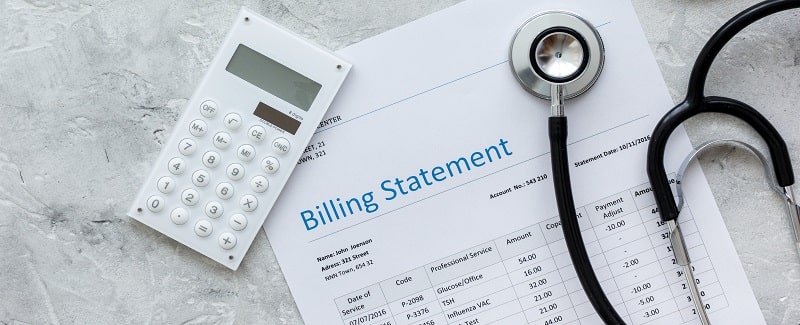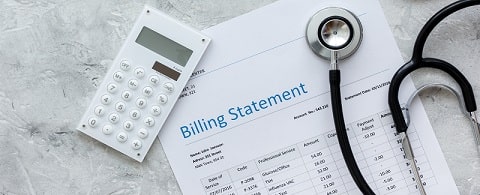The 6 Critical Components of Effective Healthcare Billing
Posted by Alison Arthur on 04 Dec 2019


When a patient receives a bill from their healthcare provider, it can be filled with terminology they might not understand. Co-payments, co-insurance, and deductibles may create more confusion than clarity about what they owe, why they owe it, and when their balance needs to be paid.
Deductibles, premiums, and out-of-pocket expenses continue to rise, making it critical for patients to understand their financial responsibility and the extent to which their insurance plans may (or may not) contribute. As patients increasingly bear more personal financial responsibility for their healthcare costs, it’s imperative that healthcare providers make their billing process as clear and actionable as possible.
What are the critical components of effective healthcare billing?
So how can healthcare providers help clarify patient responsibility and improve their chances of collecting balances owed? Here are six critical components for healthcare providers to consider.
Component #1: Eliminate any confusion that it is, indeed, a bill.
Insured patients typically receive two communications about the related service – an Explanation of Benefits (EOB) from the insurance company and a bill issued by the healthcare provider. The EOB typically includes the date of service, what was performed, who the provider was, the amounts allowed under the insurance plan, adjustments, deductibles, and patient responsibility. Although EOB statements are typically labeled NOT A BILL, sometimes they can be confused for bills. And conversely, provider bills can be confused for statements that don’t require further action.
Ensure that bills are clearly labeled with Amount Due, Due Date, and direct language like “You Owe” or “Patient Responsibility”. Work with a billing provider that can customize bills in a manner that increases the likelihood of being paid on time and in full. In particular, electronic billing solutions can offer the flexibility to send alerts and e-bills to patients directly, communicating with them in a manner that may increase their likelihood of taking action.
Component #2: Make sure patients know what the bill is for.
For repeat patients, there may be confusion about which service or appointment the bill is related to. Clearly indicate the date of service, healthcare provider, and services performed so the patient has visibility into what they’re paying for.
Component #3: Provide clear line items indicating patient payments already made (co-payments) and the insurance company’s contributions.
Make it clear to patients which credits have already been applied to their bills. This can help them understand what their insurance company has already contributed, make it easier to comprehend their personal liability, and encourage on-time payments.
Component #4: Present bills in the manner that patients want to receive them.
For some patients, paper bills might be their preferred method of corresponding with healthcare providers. For others, electronic bills may be more convenient. Paper bills can give patients the option to pay via check, write in their payment card information, or provide access to an online portal that supports one-time guest payments. E-bills can cut down the costs of printing and sending paper bills, eliminate the time lag associated with paper bills, and give patients direct access to an online portal where they can customize and manage their bill payment experience.
Component #5: Give patients the widest variety of options to pay their bills.
Just as patients have preferences for paper bills vs electronic bills, they also have preferences for how they want to pay. Some like the convenience of paying on a credit card while others might choose cash, check, or debit card transactions. Providing a billing solution that supports a wide variety of payment methods and payment channels – from walk-ins with cash to credit card transactions via mobile devices – can increase the likelihood of on-time payments.
Component #6: Provide a helping hand for patients along the way.
No matter how much healthcare providers try to anticipate their patients’ needs, patients will still have questions regarding their billing statements. Providing easy access to helpful support specialists (both online and over the phone) can help patients better understand their bills and encourage them to make timely payments. Introducing a chatbot to your digital experience can be an easy and cost-effective way of answering general billing inquiries from patients.
The Bottom Line: Healthcare bills can be confusing and patient payments are an important revenue stream for healthcare providers. Help increase the likelihood of on-time payments by offering a bill payment experience that’s clear, easy, and focused on patients.
*This is an update on an original post published February 2018
Schedule A Personalized Demo
Schedule a Free Consultation





